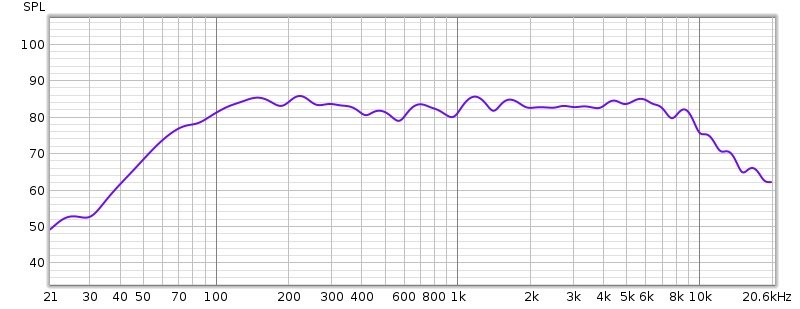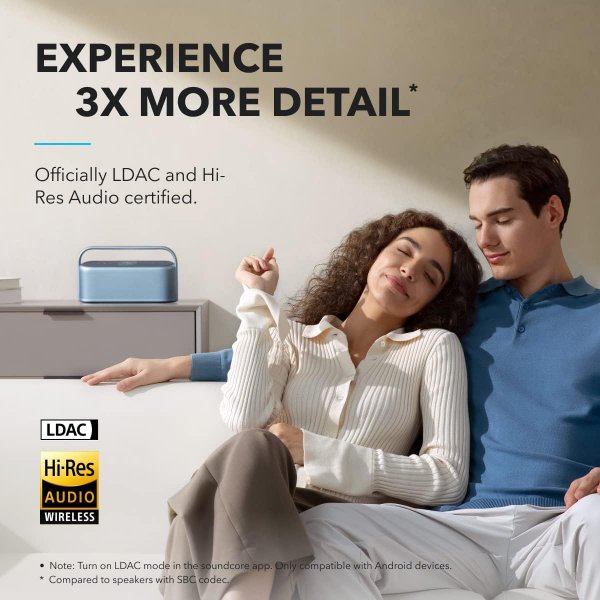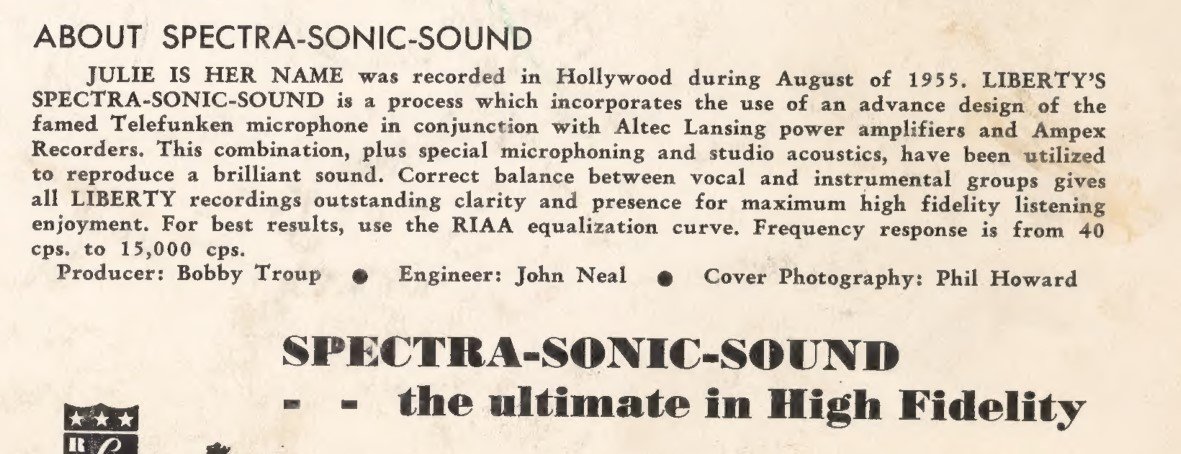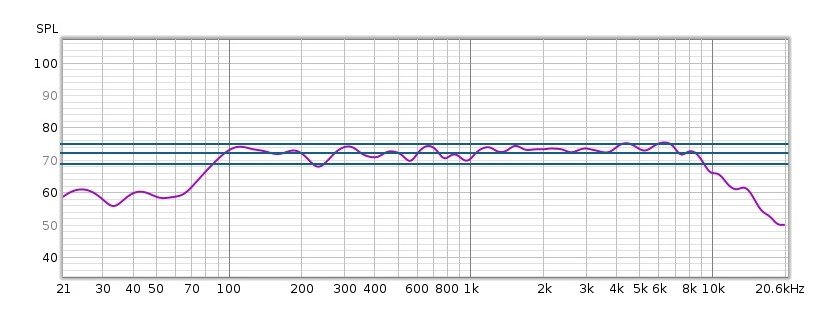By placing a large 5cm thick PET felt panel on the front of the Silbatone cabinet (with a cut-out for the speaker, obviously), I was able to smooth out the frequency response:

The increase in the level above 800Hz (approximately) that I had measured previously was the result of the "baffle step", I believe.
The response above 4kHz is dependent on the microphone's angle to the speaker, and here with a slight angle I get less of a "hump" and a more pleasant sound.
Reaching perfection is not the objective here - it is more a question of understanding how the speaker behaves in different cabinets. I will be testing it in a larger cabinet soon (but need to make a circular piece of wood to adapt to the larger size of the cabinet's opening).

The increase in the level above 800Hz (approximately) that I had measured previously was the result of the "baffle step", I believe.
The response above 4kHz is dependent on the microphone's angle to the speaker, and here with a slight angle I get less of a "hump" and a more pleasant sound.
Reaching perfection is not the objective here - it is more a question of understanding how the speaker behaves in different cabinets. I will be testing it in a larger cabinet soon (but need to make a circular piece of wood to adapt to the larger size of the cabinet's opening).






